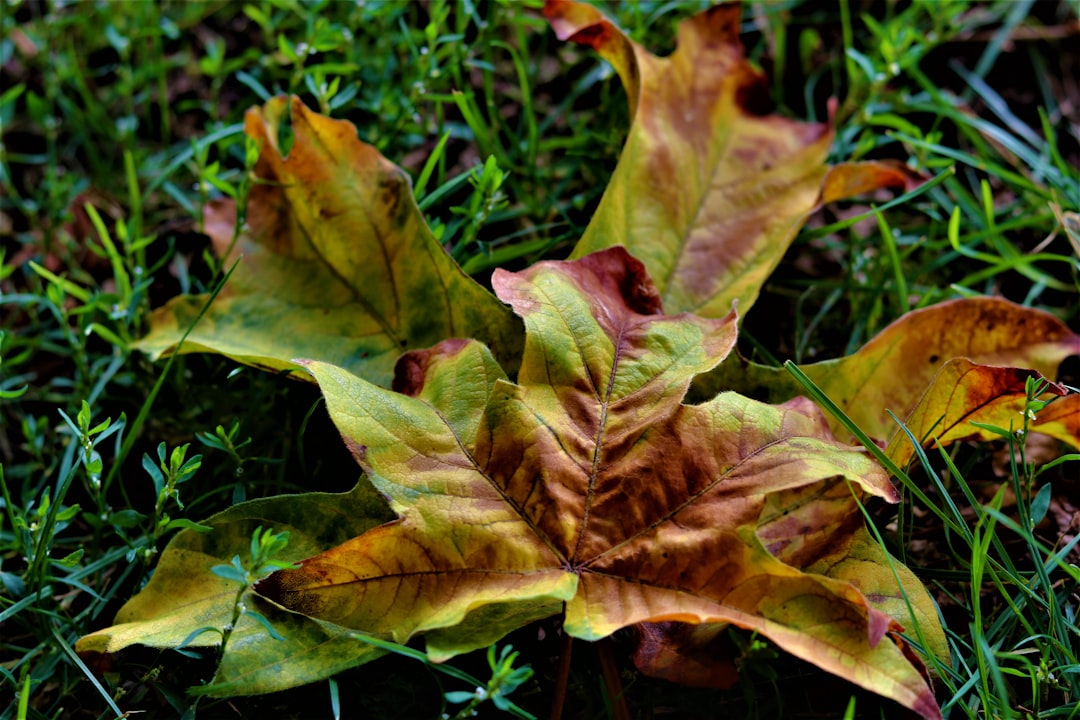Unveiling the Secrets of Goldenrod Growth

Goldenrod, a remarkable native perennial, stands out in the world of gardening with its vibrant yellow flowers that serve as a magnet for pollinators. If you're looking to add this tough and beautiful plant to your garden, here are some essential tips to ensure its successful growth.
First and foremost, understanding the ideal growing conditions for goldenrod is crucial. This hardy plant thrives in full sun, which means it requires at least six hours of direct sunlight per day. When selecting a spot in your garden, choose an area that receives ample sunlight throughout the day. Goldenrod can tolerate a variety of soil types, but it prefers well - drained soil. If your soil is heavy or clay - like, consider amending it with organic matter such as compost or peat moss. This will improve the soil's drainage and provide essential nutrients for the plant.
Propagation of goldenrod can be done through several methods. One common way is by seed. Sow the seeds in the early spring or fall. If you're starting the seeds indoors, plant them in seed trays filled with a good quality seed - starting mix. Keep the soil moist but not waterlogged. Once the seedlings have developed a few sets of true leaves, they can be transplanted outdoors. Another method of propagation is through division. This is best done in the spring or fall. Dig up an established goldenrod plant and carefully separate the root clumps into smaller sections. Replant these sections in your desired location, making sure to water them well after planting.
Watering is an important aspect of goldenrod care. While it is a drought - tolerant plant once established, it still needs regular watering during its initial growth phase. Water the plant deeply but infrequently to encourage strong root development. During the hot summer months, you may need to water more often, especially if there has been little rainfall. However, be careful not to over - water, as this can lead to root rot.
Fertilizing goldenrod is not always necessary, especially if you have amended the soil with organic matter. However, if you notice that the plant is not growing as vigorously as it should, you can apply a balanced, slow - release fertilizer in the spring. Follow the instructions on the fertilizer package for the correct application rate.
Pruning is another important task when it comes to growing goldenrod. Deadheading, or removing the spent flowers, can encourage the plant to produce more blooms. This not only makes the plant look more attractive but also extends the flowering period. In the fall, after the plant has finished blooming, you can cut it back to a few inches above the ground. This will help the plant conserve energy during the winter months and promote healthy growth in the following spring.
Goldenrod is generally a pest - resistant plant. However, it can sometimes be affected by aphids or spider mites. If you notice these pests on your plant, you can use an insecticidal soap or a neem oil spray to control them. These are natural and environmentally friendly options that are safe to use in your garden.
When it comes to companion planting, goldenrod pairs well with other native perennials such as coneflowers, black - eyed Susans, and asters. These plants have similar growing requirements and can create a beautiful and diverse garden bed. They also attract a variety of pollinators, which is beneficial for the overall health of your garden.
In conclusion, growing goldenrod can be a rewarding experience. By following these essential tips, you can enjoy the beauty of its yellow flowers and the benefits it brings to your garden. Whether you're a beginner gardener or an experienced horticulturist, goldenrod is a great addition to any flower garden.